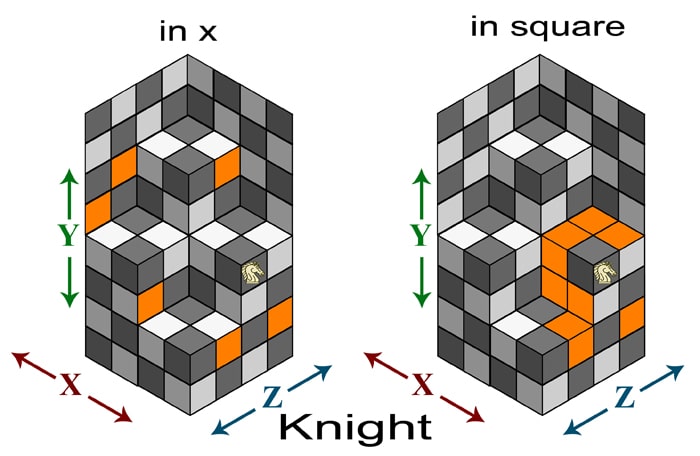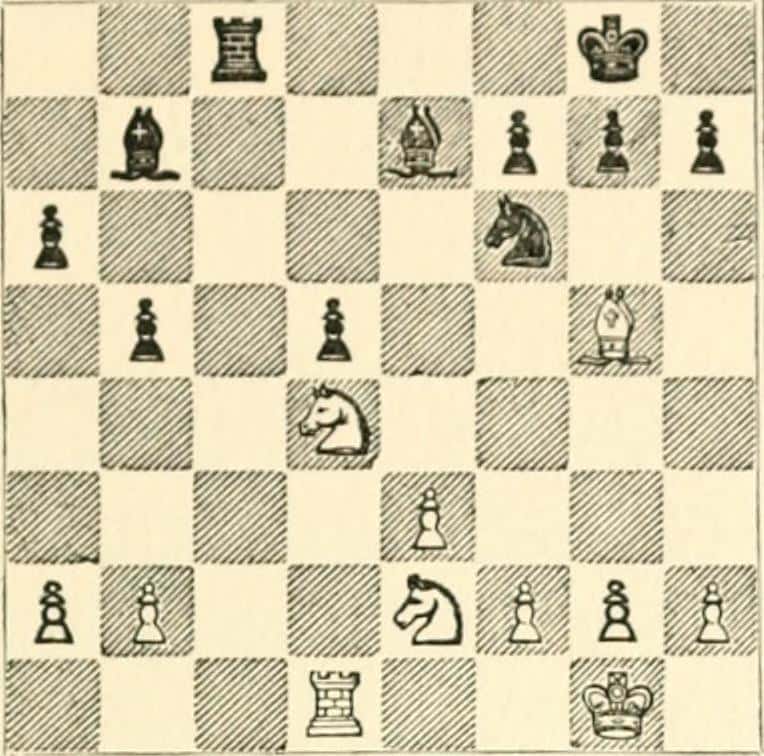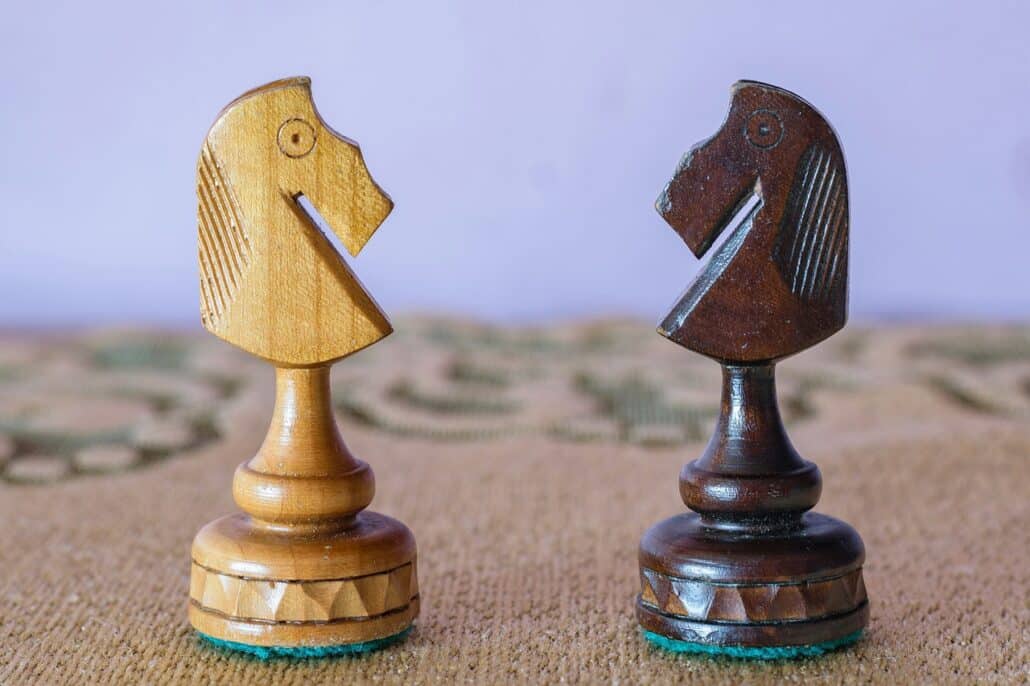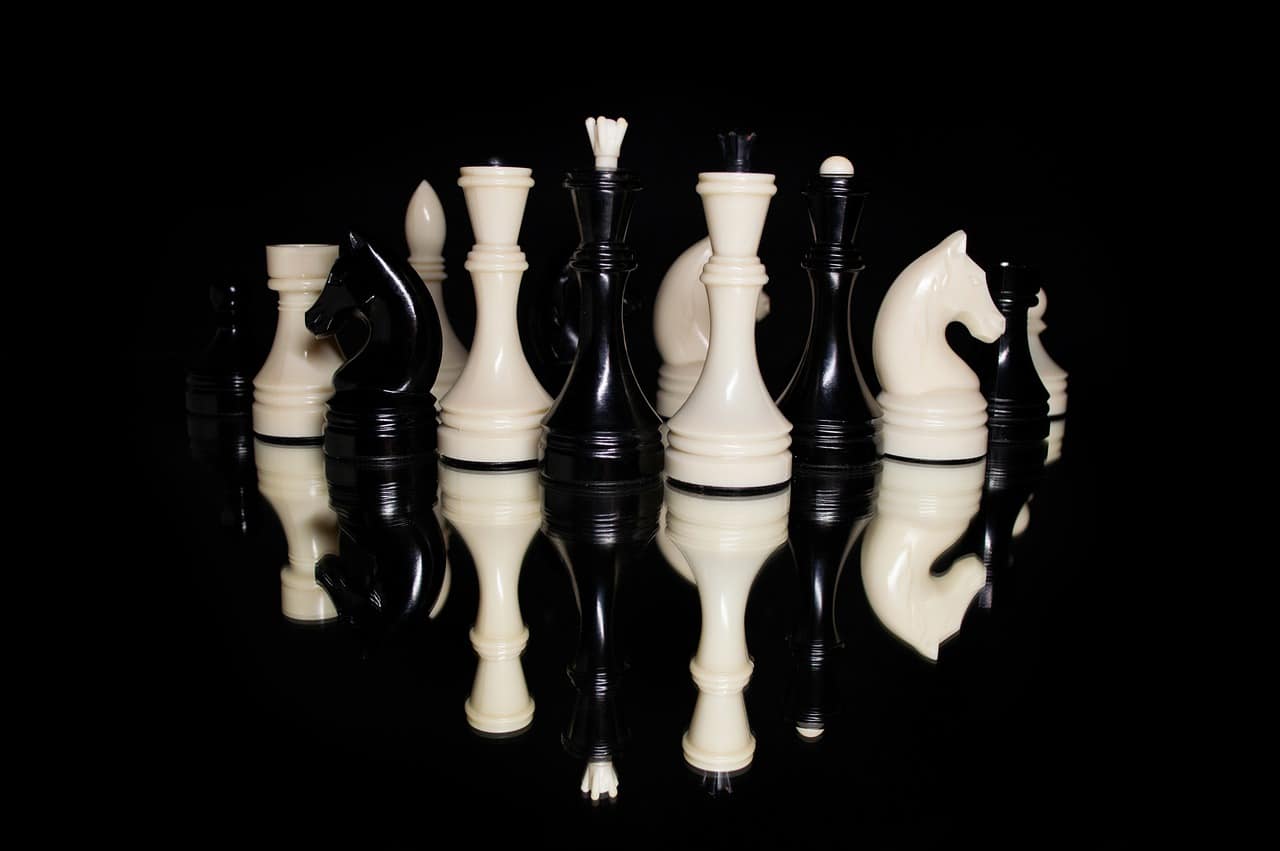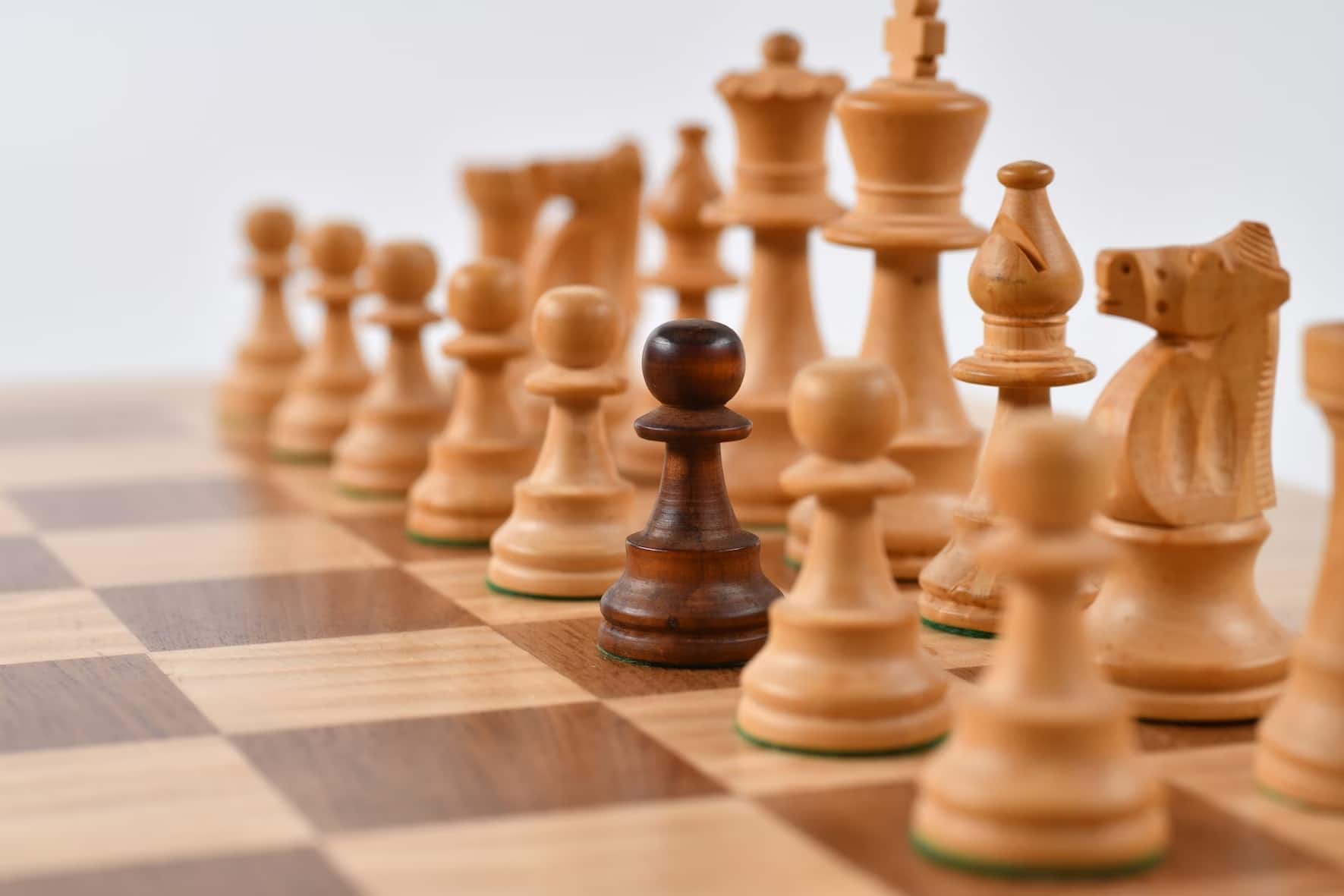How does the knight move in chess? The Knight is a powerful chess piece that can be used to checkmate an opponent. It moves in an ‘L’ shape, two squares in one direction and then one square to the side. It can jump over other pieces, making it difficult to capture, and can be used to control important squares. In this article, we will look at the possible moves of the Knight and how to use it effectively during a game.
The Knight moves in an ‘L’ shape, two squares in one direction, followed by one square to the side. It can move in any direction, but it cannot change direction during one move and cannot move to a square that is already occupied by one of its own pieces. The Knight is the only piece that can jump over other pieces, allowing it to move to any square that is not occupied by an ally.
How does the knight move in chess? The Knight can be used to control important squares, by moving it to the squares adjacent to the King's position. It is also very useful in attacking enemy pieces, as it can jump over them to reach them, and can be used to checkmate an opponent. Finally, the Knight can be used to defend important squares and pieces, by threatening to capture them if the enemy moves in its direction.
Table of Contents
How does the knight move in chess?
How Does the Knight Move in Chess? The knight is one of the most interesting pieces in chess. It moves in an ‘L’ shape, two squares horizontally and one square vertically, or two squares vertically and one square horizontally. This means that the knight can jump over other pieces, making it a great piece for attacking and defending.
It is important to remember that the knight moves in an ‘L’ shape, not like a king or queen which can move in all directions. The knight can move two squares in any direction and then one more square perpendicular to the direction of the first two squares.
How does the knight move in chess? The knight is also the only piece that can jump over other pieces. This means that it can move to squares that are otherwise blocked. This is why it is one of the most powerful pieces in the game. It is also a great piece for attacking and defending.
The knight has the unique ability to move in an ‘L’ shape, jump over other pieces and move to squares that are otherwise blocked. This makes the knight a powerful piece in the game of chess, great for both attacking and defending.
How does the knight move in chess jump over 2 pieces?
Can knight jump over 2 pieces?
Yes, a knight can jump over two pieces in a chess game. It is the only piece that can jump over other pieces. It can jump over one or two pieces in a single move, including its own pieces. The number of pieces it can jump over depends on the position of the pieces on the board.
How does the knight move in chess? When jumping over two pieces, the knight must be able to move to the square that is two squares away in any direction. The knight cannot move to any square that is blocked by other pieces. It can also jump over friendly pieces, meaning those pieces of the same color.
The knight must also be able to move to a square that will not put its own king in check. If the knight is in danger of being captured by the enemy king, then it cannot jump over two pieces. This is because the king must always remain safe from check.
Can a knight jump over a pawn (How does the knight move in chess)?
The answer to the question “Can a knight jump over a pawn?” is yes, but under certain conditions. In general, a knight can move over other pieces, including pawns, as long as:
- The piece is not blocked by another piece
- The piece does not move beyond the boundaries of the board
- The piece does not move onto a square occupied by a friendly piece
Thus, if the pawn is not blocked by another piece and the knight is able to move to the square beyond the pawn, then it can jump over it. It is also important to note that the knight's move is unique in that it can jump over pieces, while other pieces have to move around them.
Can the knight jump over enemy pieces (How does the knight move in chess)?
The answer to the question “Can the knight jump over enemy pieces?” is yes. In chess, the knight can jump over enemy pieces as part of its move. The knight's move is unique: it can jump over pieces, making it the only piece that can move in this manner.
The knight is a great asset when it comes to attacking the opponent's pieces. It can jump over them and still land on a square that is not occupied. This allows the knight to attack pieces that are otherwise protected by the other pieces on the board. Additionally, the knight can be used to block an enemy's moves, or to create a checkmate situation.
How does the knight move in chess considering other pieces?
How does the knight move in chess? When considering whether to move the knight, it is important to think about the position of the other pieces on the board. If the knight can jump over a pawn, it can also threaten to take other pieces with its next move. Additionally, the knight can be used to protect other pieces or to move into a position where it can attack the king.
In summary, the knight can jump over enemy pieces, allowing it to make unique moves and to attack pieces that would otherwise be protected. It is a great tactical piece, and can be used to create checkmate situations or to protect other pieces on the board.
What are the rules for the knight in chess (How does the knight move in chess)?
The knight is a unique and interesting piece in chess. It moves in an “L” shape, either two squares horizontally and one square vertically, or two squares vertically and one square horizontally. The knight can move over and around pieces, jumping over them. The knight has the ability to jump over pieces, which makes it a great asset in attacking and defending.
The knight can move to any of the eight squares around it, but cannot stay in the same square. It is also important to note that a knight cannot jump over a piece of the same color. The knight is also the only piece that can move over other pieces, making it a powerful weapon in the game.
How does the knight move in chess, by moving backwards?
In addition, the knight is the only piece that can move backwards, although it cannot jump over pieces in the process. The knight is also the only piece that can move in the same direction twice in a row, which can be a great tactical advantage.
Finally, the knight is the only piece that can move in a different direction than the other pieces. This means that the knight can move to squares that the other pieces cannot reach. This makes the knight a useful piece for attacking and defending in the game.
How does the knight move in chess by jumping other pieces?
The knight is a powerful piece in chess. It is the only piece that can jump over other pieces, making it an important piece to consider when planning your moves. It can move in an L-shape, two squares forward and one square to the left or right, or two squares to the left or right and one square forward. The knight is also the only piece that can move to any of the eight squares adjacent to its current position.
Conclusion about: How does the knight move in chess
It is important to remember that the knight can only move to a square that is either unoccupied or occupied by an opponent's piece. The knight is also the only piece that can move to the opposite side of the board in a single move. As such, it can be an effective way to get behind an opponent's defensive line. When used correctly, the knight can be a powerful weapon in your arsenal.

